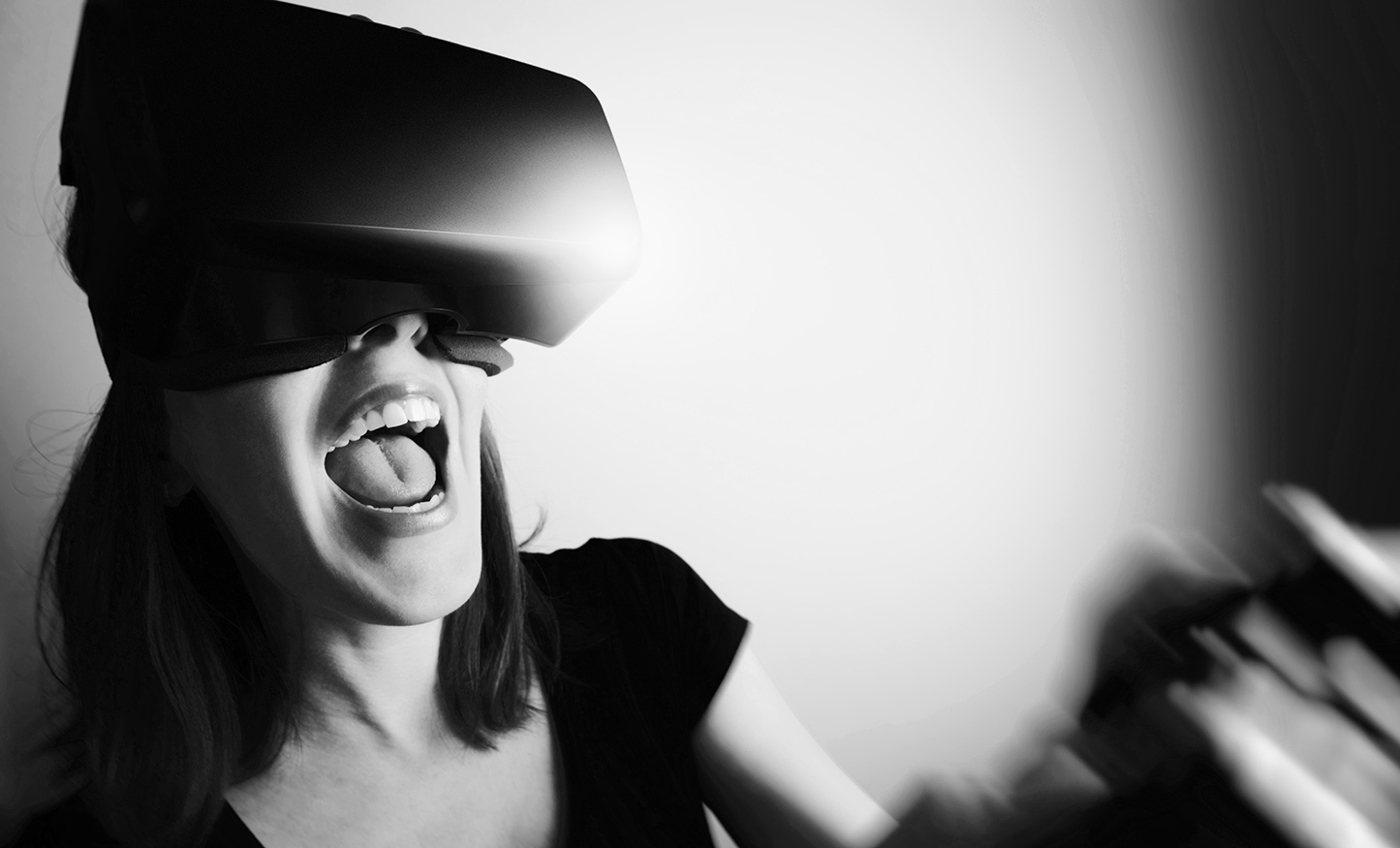


Technology is advancing at an alarming rate, especially in the hospitality and tourism industry. Customer-facing interactions are quickly being replaced with self-scan, self- check transactions, which have enabled the customer to become more self-sufficient. A study at the University of Oxford has even revealed that by the year 2033, as many as 47% of modern day job roles could be claimed by automation.
Is it the end for customer service provided by actual people? Not necessarily.
If incorporated in the right way, businesses can prosper from technology’s forward-thinking efficiency and retain the friendly, human touch that is so dear to the hospitality industry. Plus, new technology can boost business bottom-lines by making better use of staff time and effortlessly gathering the data to drive future growth.
Here are the four areas where technological advances will continue to influence 2017 hospitality industry trends.
Geo-targeting and Beacons
Geo-technology is what is at use when Snapchat provides you with a filter based on your location, or any iPhone tells you your current location. GPS isn’t new on the tech scene, but when applied to marketing strategy, geo-tech can help get messages to the people close by and therefore are more likely to take action. Even online, adverts using ‘geo’ technology drive significantly more traffic back to their websites. This is because the marketing is relevant to the individual.
“65% of smartphone users using search engines will look for relevant information before looking at which has company provided it” (Google, 2015)
From a competitive sales perspective, this allows a company to poach business from other companies by purely getting there first and approaching the customer directly.
Similarly, Beacons are masts – often using bluetooth – that are engineered to communicate with IOS and Android operating systems to pass messages between a company and their consumers. A bit like a metal detector, when you are within distance of an active beacon, they can interact with smart devices and even send push notifications.
Since 94% of retail spending is still done in store, this geo-technology provides the perfect opportunity to secure prospective sales. For hotels, bars and restaurants, it provides the potential to reach out to guests during happy hour when they are near the bar, to link that guest to a menu PDF if near to the dining area or even to greet guests as they step on site. Retail outlets have been discovering the benefits of beacon marketing over the last year, and more recently cinemas, airports and trade shows, so this year we expect geo-marketing to spread much further in 2017.
CRM Customer Relationship Management
While CRM (Customer Relationship Management) systems have been around for a while now, a new breed of CRM is emerging that goes beyond logging customer data and behaviors, to focus on CRM should really stand for in today’s tech-saavy marketplace: Customer Retention and Motivation, using smart data and social media engagement.
These connected CRMs are making it easier for hotels, bars and nightclubs to manage their administration and acquire customers for F&B outlets. With CRM systems such as those offered by providers like Cluboid, venues no longer need to concern themselves with the likes of bookings, table management, promoters or even marketing. Instead, software takes responsibility for that, and collates all the important information into a desktop and mobile friendly program for the management team.
Additionally, a CRM system frees up a lot of staff time, essentially reducing administration work to free up time and energy for more customer-friendly initiatives. It also improves the customer experience by making it easy to wish customers a happy birthday, remember their drinks order and even sweep social media for photographs so the venues can greet them by name.
Digital/Physical interfaces and smartphone pairing
App culture is fast becoming the favored method of getting things done and monitoring progress, in fact, millions of people are now using smart devices to monitor everything from their fitness activities to their home surveillance equipment. Although it is hardly a new phenomenon, it is a somewhat underused one and the potential for linking smart devices to new systems will continue to grow for customer to business correspondence.
Venues are now allowing their guests to add to a virtual playlist via an app linked to an interactive jukebox. Apps such as SecretDJ, Startle and Touchtunes enable you to request music in your favourite bars, pubs and clubs for a more personalised night out.
“Consumers today expect a personalized experience, whether it is to choose the specific song they want, the toppings on their burger, the dressing on their salad…” – Charles Goldstuck, TouchTunes CEO.
2017 will also see the release of the Apple Watch 3. This will decrease the value of the previous 2, and mean that affording one is no longer a pipedream for most. This will in turn cause a huge rise in the amount of Apple watch owners and consequently, compatible tech will then become a much better investment for businesses.
QR (Quick Response) codes which log and store data are already being used on things such as calling cards, boarding passes, invoices, and entry tickets so we predict that over the coming year or so we’ll see this grow, and hospitality companies may start using it to help customers place food orders, queue jump or have their tickets or IDs checked using QR on an Apple Device.
Social Media
Fact: 90% of consumers polled by Zendesk claim that online reviews and critique influence their spending habits.
Ever hotelier feels it: social media has been both a blessing and a curse for hospitality. Most importantly, it has enabled businesses to gather feedback and implement appropriate changes for even better customer service. But that wasn’t always enough.
Over the past year, social media has gone one step further with live video streaming that enables businesses to see how effective their marketing is in real time. Last year, live video streaming was circulating with a company known as Meerkat, but it didn’t get much traction until a conglomerate such as Facebook adopted it. With Facebook pushing this function at the close of 2016, we will undoubtedly see more brands experimenting with this format in 2017.
Our prediction: Using the engagement rates from live video on social media, smart hospitality companies will prosper from the ability to alpha and beta test new products, lines and events.
Interactivity
Pokémon Go created a huge buzz in 2016 and with over 100 million downloads it proved the potential for augmented reality tech. Although it is unclear exactly how this remarkable technology will overlap with the hospitality circuit just yet, successes such as Secret Cinema and many ‘Escape the Room’ type games indicate that combining physical and virtual worlds will be the next big thing for a better user experience. Melding food, drink and entertainment seems to be a path that many venues are choosing for a more unique selling point.
Virtual reality is another way of improving user experience that is already finding its way into the entertainment and hospitality industries. We are seeing a rise in 3 dimensional tours using VR. Large venues no longer need to print maps or provide concierges – they can instead give fully immersive tours using virtual reality.
The Marriott Hotels are in fact in the early stages of testing a new amenity known as ‘VRoom Service’. This allows guests to order VR headsets to their room and enjoy a selection of specially loaded virtual reality experiences for a spot of travel inspiration.
‘We see virtual reality as an innovation that will change the travel business. […] This is a huge sales tool that’s scalable and affordable,’ -Marco Ryan, chief digital officer, Thomas Cook Group.
Thomas Cook already report a remarkable boost to sales using VR-ran campaigns, seeing a 190% increase in revenue when using a ‘Try-before-you-fly’ simulation of a helicopter trip around Manhattan. Virgin Airways are also offering customers the opportunity to experience flying First Class using virtual reality simulation.
Voice activation is also coming along in leaps and bounds with the introduction of Apple’s Siri, Amazon’s Echo and Microsoft’s Cortana. Voice controlled software is in fact now reaching a level of comprehension as high as 95%. Might we perhaps see restaurants install speech recognition at their tables, meaning you can place your order from your seat? The potential and scope are quite remarkable, but presumably, only the tip of the iceberg. As 2016 draws to a close, we eagerly await 2017: what is sure to be the most exciting year for technology yet.

















